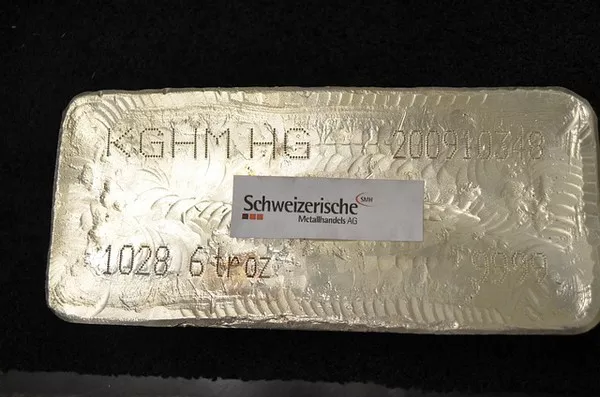Silver has long held a special place in the world of precious metals, revered for its beauty and utility. Whether you’re a collector, investor, or simply an admirer of fine silverware, knowing how to determine if something is real silver is essential. This comprehensive guide will equip you with the knowledge and techniques necessary to confidently identify genuine silver.
Understanding Silver Purity
Before delving into methods for discerning real silver from fake, it’s crucial to understand silver purity and how it is typically measured. Silver is often alloyed with other metals to increase its strength and durability. The purity of silver is expressed in terms of fineness or millesimal fineness, with pure silver being 999 or 99.9% pure. Common silver purity levels include 925 (sterling silver, 92.5% silver) and 800 (80% silver).
Visual Inspection
Visual inspection is the most accessible and preliminary method for assessing the authenticity of silver. While it may not provide definitive results, it can offer valuable initial clues:
Color: Real silver possesses a distinctive, shiny, and bright white color. It doesn’t tarnish easily, and when it does, it forms a blackish tarnish that can be polished away. Be cautious of items that have a dull gray color, as this may indicate a silver-plated object.
Hallmarks and Stamps: Authentic silver items often bear hallmarks or stamps that indicate their purity and origin. For instance, sterling silver jewelry should have a “925” or “Sterling” stamp. Pay attention to the quality and clarity of these markings.
Magnet Test
The magnet test is a simple and quick way to eliminate certain fake silver items. Genuine silver is not magnetic, so if a piece is attracted to a magnet, it is likely not real silver. Keep in mind that some silver alloys can exhibit very weak magnetic properties, so this test should be used in conjunction with other methods.
The Ping Test
The ping test is a unique and audible method to determine the authenticity of silver coins, bars, and other solid silver objects. It relies on the distinctive sound that real silver produces when struck.
Step 1: Gently tap the item with another solid object, such as a coin or a non-metallic pen.
Step 2: Listen carefully to the sound it produces. Real silver emits a high-pitched and sustained “ping” or ringing sound that lingers for a moment. In contrast, fake silver or base metals produce a dull thud or a short-lived sound.
Specific Gravity Test
The specific gravity test involves measuring the density of an object to determine if it is made of real silver. Silver has a higher density than most other common metals. To perform the specific gravity test:
Step 1: Weigh the silver item accurately in grams (g) on a scale.
Step 2: Fill a container with water and record its initial water level.
Step 3: Submerge the silver item in the water, ensuring it is completely immersed.
Step 4: Measure the increase in water level caused by the submerged silver item.
Step 5: Divide the weight of the silver (in grams) by the increase in water level (in milliliters). The result should be close to 10.49 g/mL, which is the approximate specific gravity of silver.
If the calculated specific gravity significantly differs from 10.49 g/mL, the item may not be genuine silver.
Acid Test
The acid test, while effective, should be performed with caution as it involves the use of corrosive acids. Wear appropriate safety gear, such as gloves and eye protection. Here’s how to conduct the acid test:
Step 1: Make a small scratch on an inconspicuous area of the silver item.
Step 2: Apply a small drop of silver testing acid to the scratch.
Step 3: Observe the reaction. Real silver should not significantly react with the acid, while fake silver or silver-plated items may produce effervescence or a color change.
Professional Assessment
If you remain uncertain about the authenticity of your silver item or want a more precise evaluation of its purity, consider seeking the services of a professional appraiser or a reputable assay office. These experts have access to advanced equipment, such as X-ray fluorescence (XRF) analyzers, that can accurately determine silver purity.
Conclusion
Distinguishing real silver from fake requires a combination of visual inspection and testing methods. While no single test is infallible, a combination of these techniques can provide a strong indication of an item’s authenticity. Always exercise caution and seek professional assistance when in doubt, especially when dealing with valuable silver objects. By being well-informed and vigilant, you can confidently invest in or cherish your silver jewelry, coins, and artifacts for years to come. Remember, the allure of genuine silver lies not only in its monetary value but also in its timeless beauty and historical significance.


